Dafen oil painting Village
Zhao Xiaoyong and Dafen Village: The Art of Replication Explored in ‘China’s Van Gogh
Dafen Village in Shenzhen is the world’s largest hub for oil painting, shipping millions of paintings globally. Despite advanced printing technologies, there remains a significant market for hand-crafted replicas of famous artworks. Documentaries like “China’s Van Gogh” highlight the reality that, for many, painting in Dafen is not an artistic endeavor but a form of manual labor. Monthly, the village fulfills hundreds of orders, necessitating a factory-like production line where painters often live and work in their studios, and each is responsible for parts of a painting, working in an assembly line fashion to meet demand.
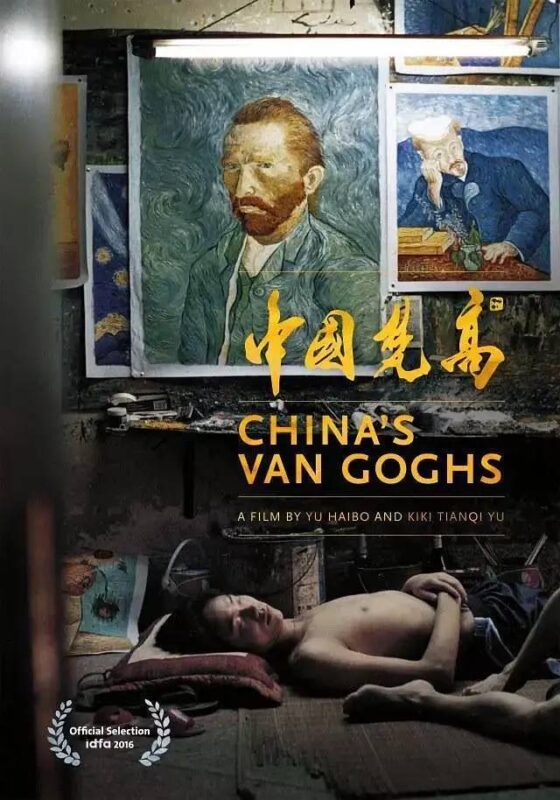
The protagonist of “China’s Van Gogh,” Zhao Xiaoyong, has spent twenty years replicating Van Gogh’s works, becoming both skilled and efficient. Despite the craftsmanship involved, the reality is a far cry from the romantic image of an artist’s life. The painters in Dafen face thin profit margins and a hand-to-mouth existence, with their work, including replicas of paintings from Van Gogh’s hometown of Amsterdam, being ordered from around the world.
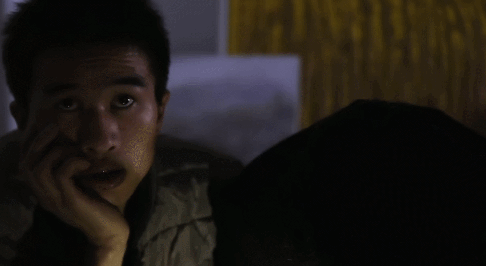
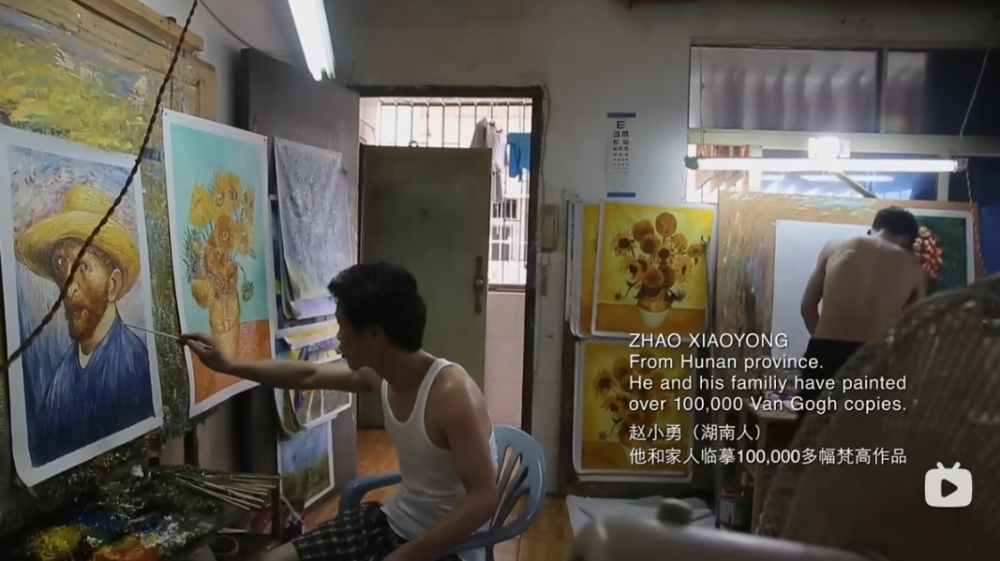
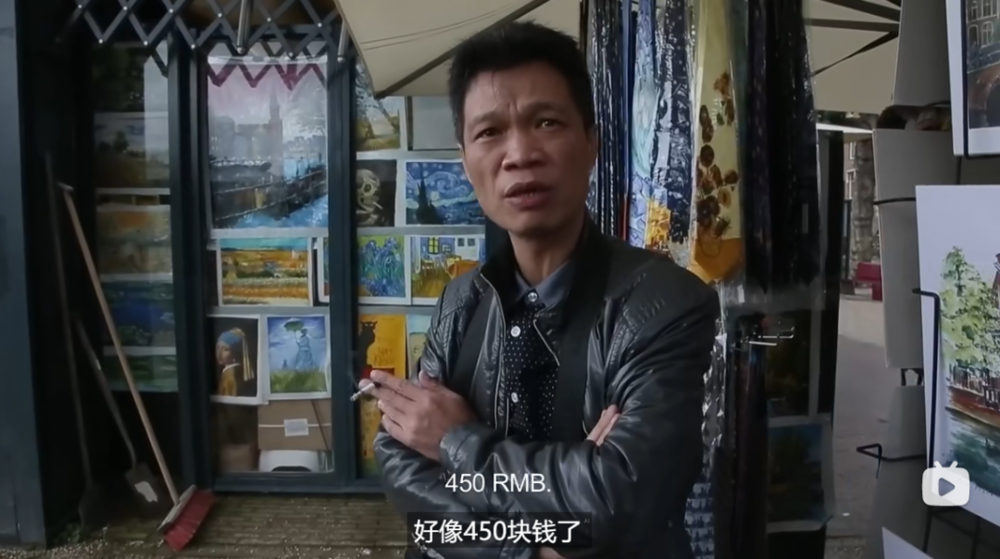
Zhao dreams of visiting the Van Gogh Museum to see the originals that have inspired his career. Despite an invitation from a Dutch client, such a trip is a luxury he can hardly afford. Economic realities and the structural pressures of globalization mean that while his paintings are sold in the Netherlands for many times what he earns, the life of a painter in Dafen remains precarious.
The visit to the Netherlands is disillusioning; Zhao sees his paintings in a souvenir shop, priced far beyond what he receives. The documentary captures the stark realization that his life’s work, the replication of Van Gogh’s paintings, earns others far more than it earns him. This revelation is compounded when he finally sees Van Gogh’s originals and notices the colors are quite different than his reproductions.
Returning home, Zhao is forced to confront the harsh reality that artistic integrity and original creation might be the only way forward. Inspired by his journey and the harsh truths of his professional life, Zhao begins to explore his own art, painting his surroundings—his family, his studio, his life—which marks a poignant turn towards personal and original expression.
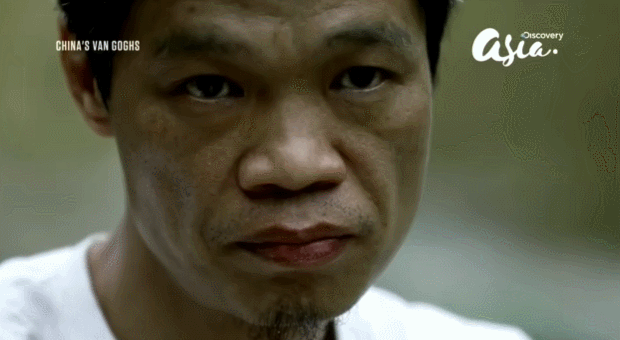
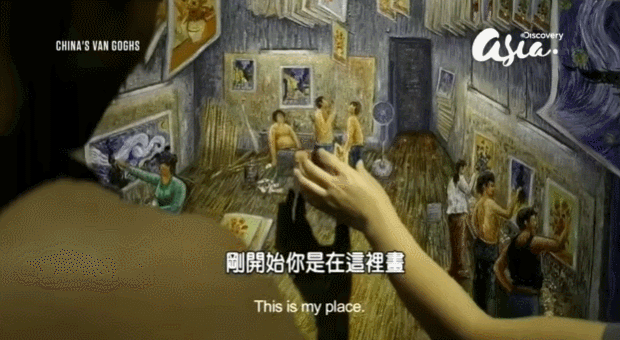
“China’s Van Gogh” thus juxtaposes the romanticized image of the struggling artist with the harsh economic realities of the art reproduction industry. It challenges the viewer to consider the true cost of artistic replication and the human stories behind the paintings that hang in far-off galleries. The documentary is a sobering reminder of the complexities and challenges faced by artists in the global economy.
